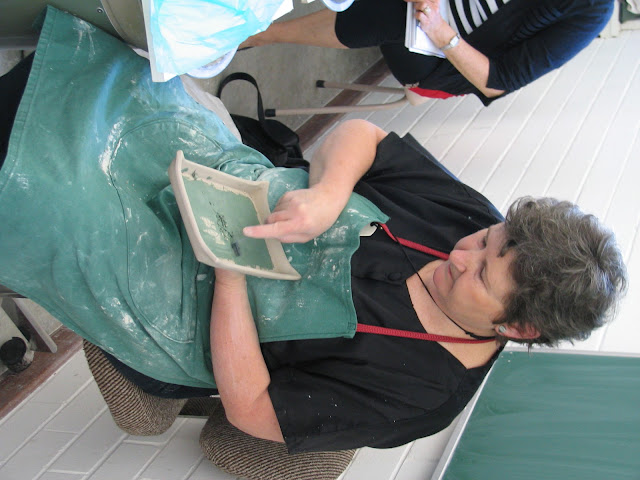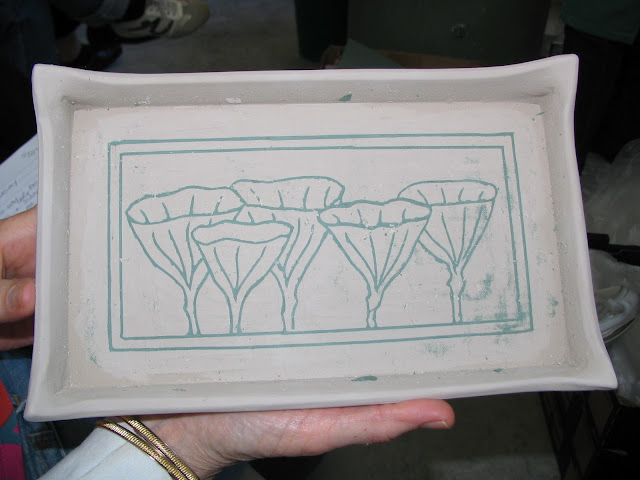A useful discussion took place recently on the discussion list for TACA - The Australian Ceramics Association. It was about wheels and how to tweak, service and generally look after them. Lucky me I have a husband who steps in and fixes things as they break. Although I am capable of having a go at such things, well, it makes him feel valued and needed to allow him to fix my wheels when needed. Why rock the boat? A response to the initial query about fixing wheels, Venco wheels in particular I think gained a massively useful link here. Check it out and store it somewhere handy - ain't potters just great?!
Venco wheels are built to last but their grommets and collars get a bit dodgy with prolonged use and these are easy to purchase and replace (well thats what Henry says).
http://ceramicsnepean.westernsydneyinstitute.wikispaces.net/Wheel+Page
PLEASE NOTE:
All text in this blog posting are copyright of Elaine Bradley, Ceramic Artist, Western Australia. All photographs in this blog posting are copyright of Elaine Bradley unless otherwise stated. No responsibility can be taken for external links. Please report any errors in crediting photographs, sources or facts to the author in order to allow her to rectify the matter.
Venco wheels are built to last but their grommets and collars get a bit dodgy with prolonged use and these are easy to purchase and replace (well thats what Henry says).
http://ceramicsnepean.westernsydneyinstitute.wikispaces.net/Wheel+Page
PLEASE NOTE:
All text in this blog posting are copyright of Elaine Bradley, Ceramic Artist, Western Australia. All photographs in this blog posting are copyright of Elaine Bradley unless otherwise stated. No responsibility can be taken for external links. Please report any errors in crediting photographs, sources or facts to the author in order to allow her to rectify the matter.
































